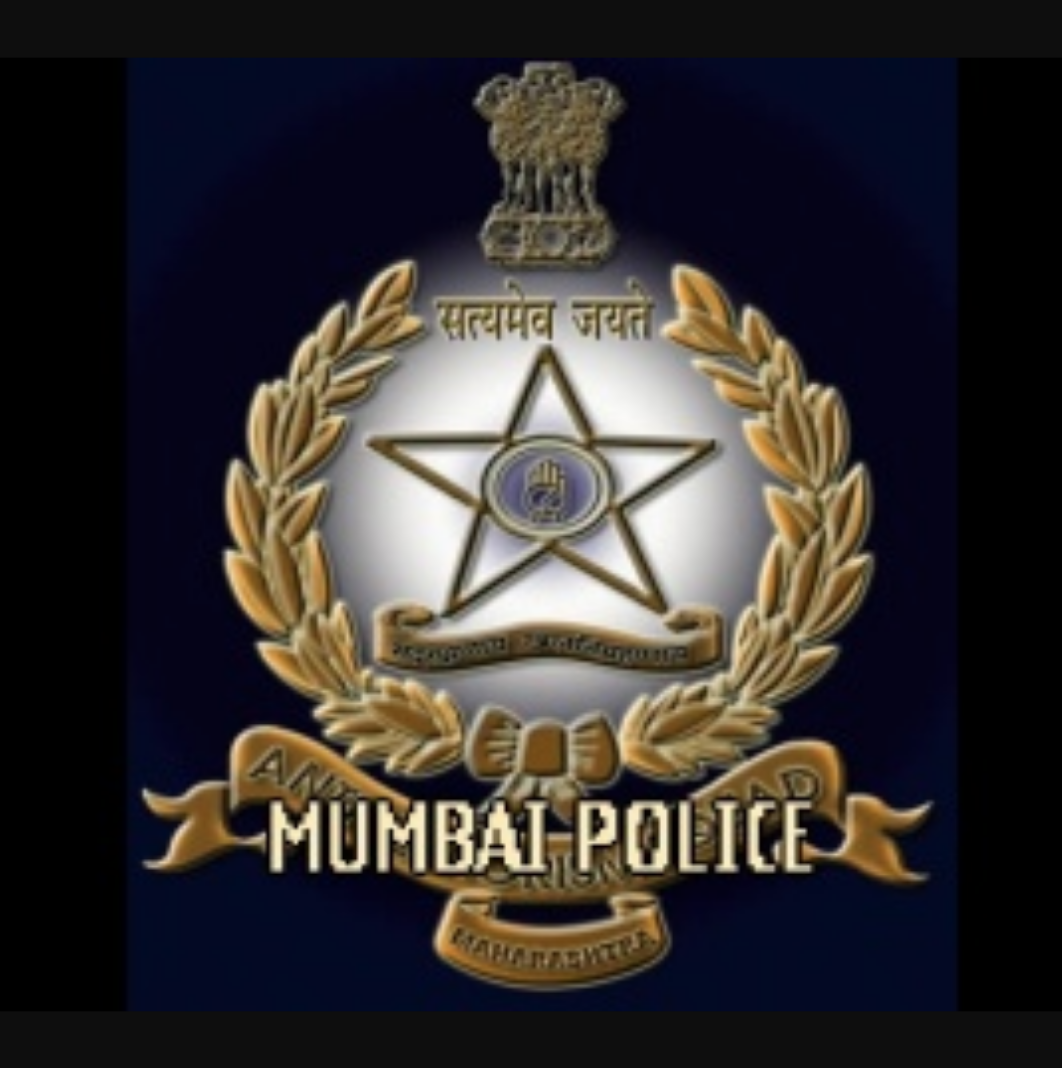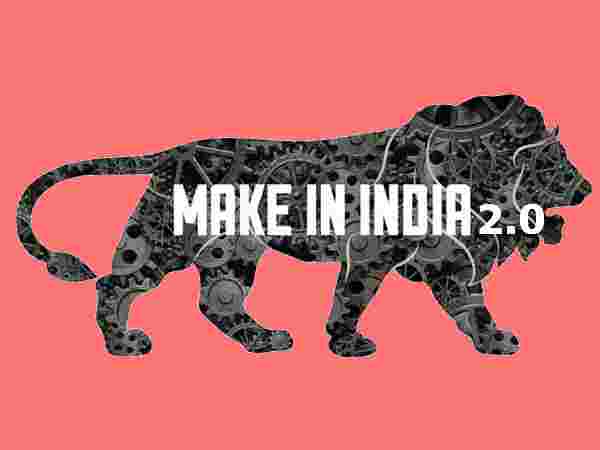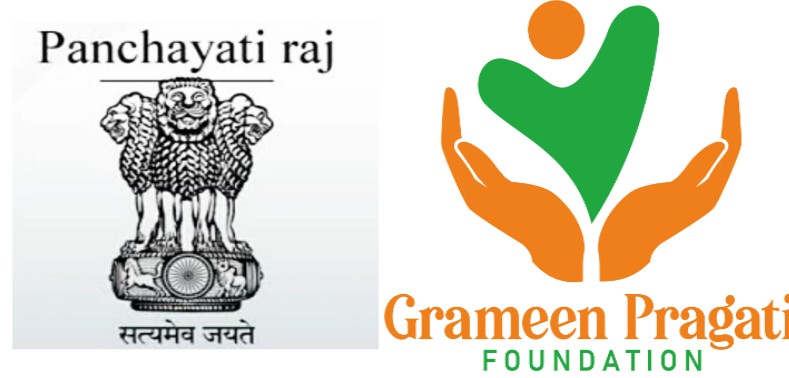India says all villages have electricity

With an undeniable link between poverty eradication and the spread of electricity use, DDUGJY laid down the physical infrastructure for providing round-the-clock power to rural households and adequate power to agricultural consumers. The feeder separation for rural agricultural and village households will also help stem load shedding by distribution utilities, which is expected to bring benefits such as improved crop yield and socioeconomic development of rural areas. DDUGJY also helped India prepare for achieving universal household electrification, with the National Democratic Alliance (NDA) government launching the Pradhan Mantri Sahaj Bijli Har Ghar Yojana or Saubhagya scheme for electrification of every single household. The promise to electrify all un-electrified villages within 1,000 days was made by Prime Minister Narendra Modi in his Independence Day speech on 15 August 2015. DDUGJY involved feeder separation, strengthening of the sub-transmission and distribution network, metering at all levels, and setting up of micro grid and off-grid distribution network. The state-run Rural Electrification Corp. (REC) was the nodal agency for executing the ₹75,893 crore scheme. “It was extremely tough because these villages couldn’t be reached for decades. Some of them were inaccessible mountain-top villages, while others were in forest areas. These were villages India had forgotten about. It was both an opportunity and a challenge,” said P.V. Ramesh, former chairman and managing director, REC. In 1950, only 3,000 Indian villages had electricity. The last of the unelectrified villages were in remote locations in Jammu and Kashmir, Arunachal Pradesh and Chhattisgarh. In 102 villages, it took between 1 day and 10 days to carry the infrastructure equipment on foot. “It was a collaborative effort of the state governments, the central government, and the private sector. This was successful because of meticulous planning, coordination and synchronization of various elements. The Prime Minister was himself monitoring this closely. All the chief ministers had committed themselves in those days, where the last mile was still to be reached. There was strong political, bureaucratic and technical commitment,” said Ramesh.










